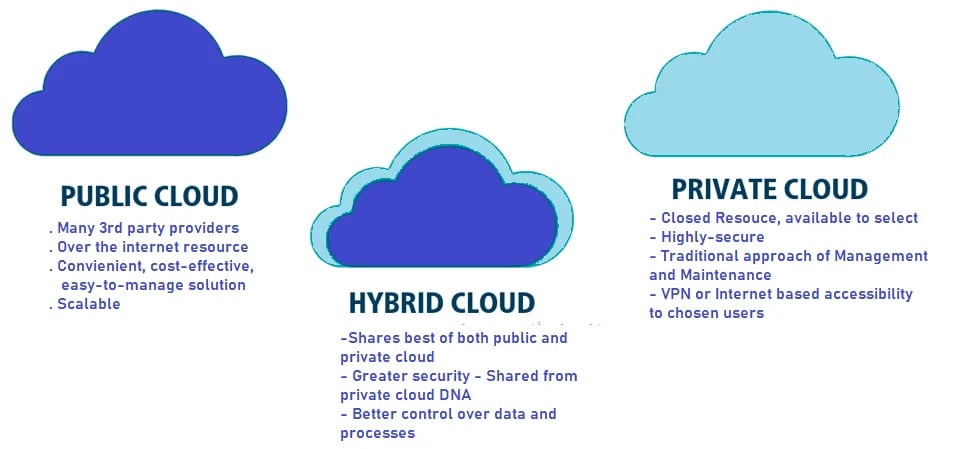Hackers Pick Up Clues From Google’s Internet Indexing
In 2013, the Westmore Information, a modest newspaper serving the suburban local community of Rye Brook, New York, ran a element on the opening of a sluice gate at the Bowman Avenue Dam. Costing some $2 million, the new gate, then nearing completion, was built to reduce flooding downstream.
The celebration caught the eye of a range of area politicians, who collected to shake arms at the formal unveiling. “I have been to a lot of ribbon-cuttings,” county govt Rob Astorino was quoted as declaring. “This is my 1st sluice gate.”
But locals seemingly weren’t the only kinds with their eyes on the dam’s new sluice. In accordance to an indictment handed down late previous 7 days by the U.S. Section of Justice, Hamid Firoozi, a properly-recognised hacker based in Iran, attained entry several periods in 2013 to the dam’s regulate units. Had the sluice been completely operational and linked to these systems, Firoozi could have produced serious injury. Fortunately for Rye Brook, it wasn’t.
Hack attacks probing significant U.S. infrastructure are nothing new. What alarmed cybersecurity analysts in this situation, however, was Firoozi’s obvious use of an aged trick that computer nerds have quietly regarded about for a long time.
It can be identified as “dorking” a search motor — as in “Google dorking” or “Bing dorking” — a tactic extended employed by cybersecurity pros who work to close protection vulnerabilities.
Now, it appears, the hackers know about it as properly.
Hiding in open up perspective
“What some call dorking we really contact open up-source community intelligence,” reported Srinivas Mukkamala, co-founder and CEO of the cyber-possibility evaluation agency RiskSense. “It all relies upon on what you inquire Google to do.”
Mukkamala says that lookup engines are constantly trolling the Net, seeking to file and index every system, port and distinctive IP address connected to the Web. Some of people items are built to be public — a restaurant’s homepage, for illustration — but numerous other individuals are intended to be non-public — say, the protection digital camera in the restaurant’s kitchen area. The trouble, states Mukkamala, is that as well numerous people today never have an understanding of the variance right before likely on-line.
“You can find the Online, which is anything at all that’s publicly addressable, and then there are intranets, which are meant to be only for inside networking,” he explained to VOA. “The research engines never care which is which they just index. So if your intranet isn’t configured thoroughly, that’s when you start looking at details leakage.”
Even though a restaurant’s shut-circuit digicam could not pose any serious protection threat, lots of other issues finding linked to the World wide web do. These consist of pressure and temperature sensors at energy crops, SCADA systems that handle refineries, and operational networks — or OTs — that keep significant production crops working.
Regardless of whether engineers know it or not, several of these issues are remaining indexed by lookup engines, leaving them quietly hiding in open watch. The trick of dorking, then, is to figure out just how to discover all these assets indexed online.
As it turns out, it is truly not that tough.
An asymmetric risk
“The point with dorking is you can compose tailor made lookups just to glance for that information [you want],” he stated. “You can have numerous nested lookup problems, so you can go granular, allowing you to uncover not just each and every solitary asset, but each individual other asset which is related to it. You can definitely dig deep if you want,” claimed RiskSense’s Mukkamala.
Most major look for engines like Google provide innovative lookup functions: instructions like “filetype” to hunt for certain varieties of documents, “numrange” to locate specific digits, and “intitle,” which appears to be like for precise web site textual content. Additionally, unique look for parameters can be nested one in an additional, generating a quite wonderful electronic web to scoop up information.
For example, alternatively of just moving into “Brook Avenue Dam” into a look for motor, a dorker may use the “inurl” perform to hunt for webcams on the web, or “filetype” to glimpse for command and command files and features. Like a scavenger hunt, dorking will involve a sure total of luck and patience. But skillfully employed, it can significantly improve the probability of getting a thing that ought to not be general public.
Like most factors on the internet, dorking can have constructive works by using as properly as damaging. Cybersecurity gurus progressively use such open up-resource indexing to find out vulnerabilities and patch them prior to hackers stumble on them.
Dorking is also almost nothing new. In 2002, Mukkamala suggests, he labored on a venture discovering its prospective risks. More not too long ago, the FBI issued a general public warning in 2014 about dorking, with advice about how community directors could defend their methods.
The dilemma, states Mukkamala, is that nearly something that can be linked is getting hooked up to the Online, often with out regard for its protection, or the security of the other objects it, in transform, is connected to.
“All you want is 1 vulnerability to compromise the system,” he advised VOA. “This is an asymmetric, prevalent threat. They [hackers] you should not will need everything else than a laptop computer and connectivity, and they can use the resources that are there to commence launching assaults.
“I really don’t imagine we have the expertise or methods to protect versus this threat, and we are not organized.”
That, Mukkamala warns, usually means it is far more probable than not that we’ll see a lot more circumstances like the hacker’s exploit of the Bowman Avenue Dam in the decades to occur. Regretably, we might not be as blessed the future time.








